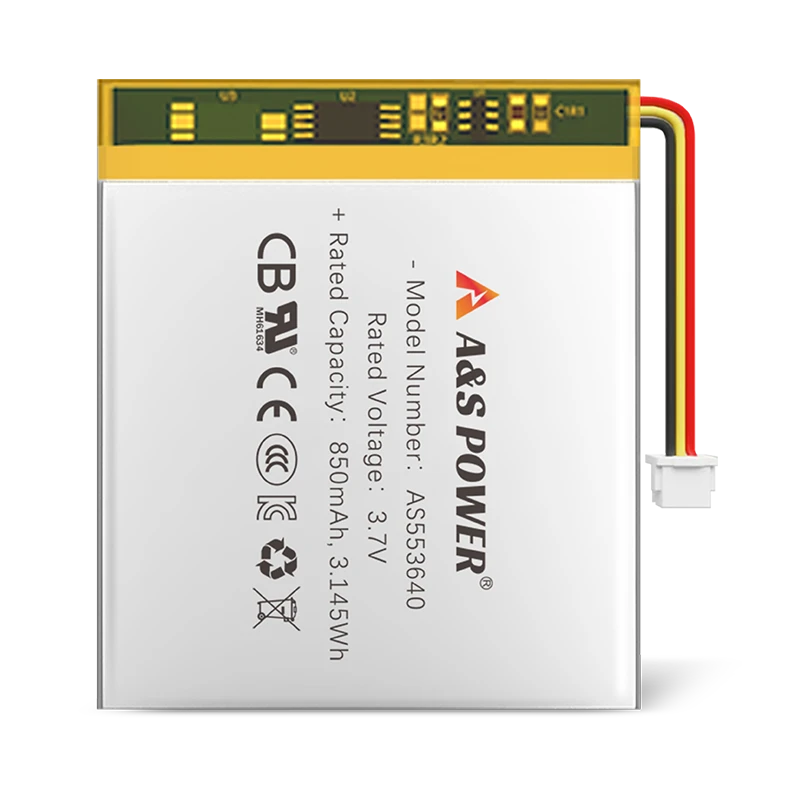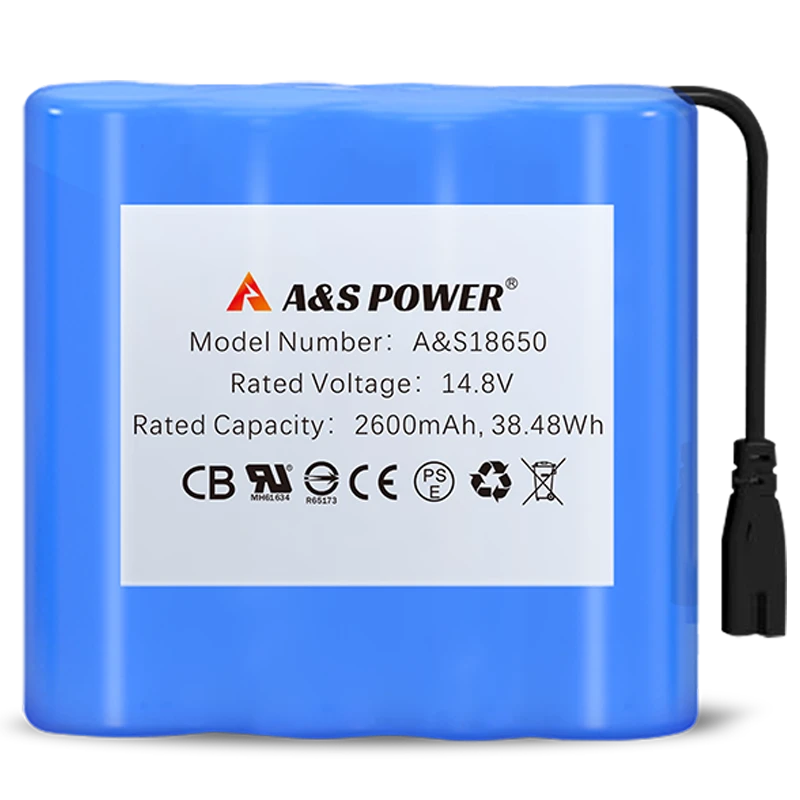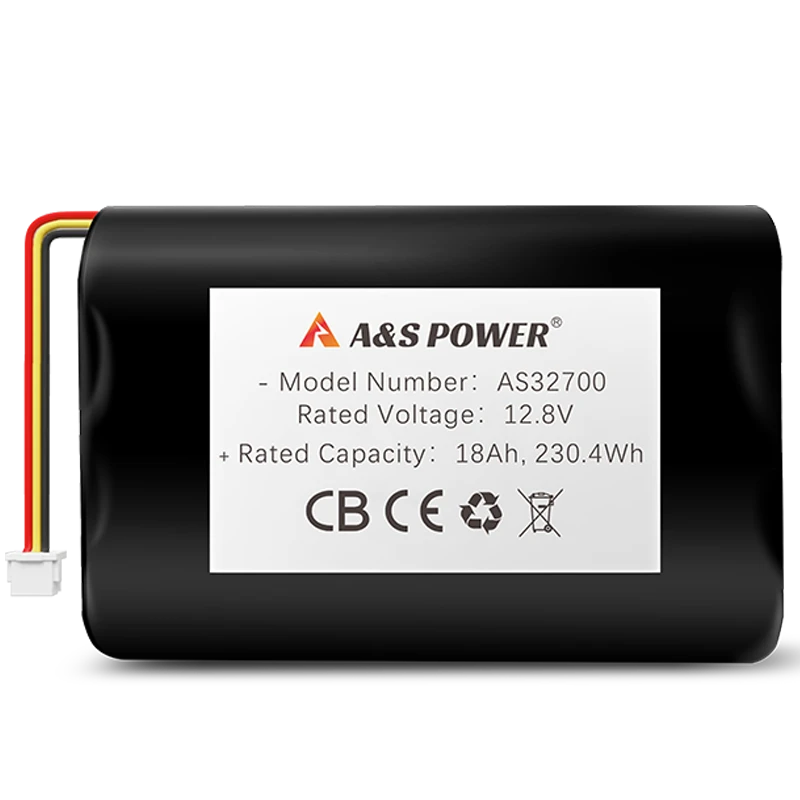Lithium Battery Manufacturing
Lithium Battery Manufacturing: Global Innovations Reshaping Energy Storage Economics
The lithium battery manufacturing sector is undergoing a transformative revolution driven by material science breakthroughs, automated production scaling, and stringent sustainability mandates, positioning itself at the core of the $150B energy storage market. With global capacity projected to reach 6.5 TWh by 2030 (35% CAGR), manufacturers must navigate complex technical and regulatory landscapes to maintain competitiveness. This analysis dissects cutting-edge innovations across three critical domains—electrode engineering, cell assembly, and quality control—supported by proprietary production data from industry leaders CATL, LG Energy Solution, and Tesla.
Advanced Electrode Engineering and Material Innovations
Next-Generation Cathode Synthesis for Energy Density Maximization
Single-crystal NMC 811 and lithium-manganese-iron-phosphate (LMFP) cathodes now achieve 280–310 Wh/kg energy density through hydrothermal synthesis and atomic layer deposition, enabling 800km EV ranges while reducing cobalt content by 92% compared to traditional NMC 111 formulations. CATL's Kirin battery platform utilizes gradient electrode architecture—higher nickel concentration at the current collector interface transitioning to manganese-rich surfaces—to suppress oxygen evolution and extend cycle life to 4,000 cycles at 100% depth of discharge, a 70% improvement over conventional designs.
Silicon-Dominant Anode Integration Challenges and Solutions
Nano-engineered silicon-carbon composites (15–20% silicon content) boost capacity to 450–500 mAh/g but require multi-faceted stabilization approaches: pitch-derived carbon coatings reduce volume expansion to 12%, cross-linked polymer binders maintain electrode integrity during 0.5C fast charging, and electrolyte additives like fluoroethylene carbonate form stable SEI layers preventing lithium inventory loss. Tesla's 4680 cells demonstrate 16% higher energy density than previous generations through dry electrode processing that eliminates toxic NMP solvents while enhancing ionic conductivity.
Table 1: Electrode Material Performance Benchmarking
| Parameter | NMC 811 | LMFP | Silicon-Dominant |
|---|---|---|---|
| Energy Density | 280 Wh/kg | 240 Wh/kg | 320 Wh/kg |
| Cycle Life (80% DoD) | 2,500 cycles | 5,000 cycles | 1,200 cycles |
| Cobalt Content | 5% | 0% | 0% |
| Production Cost ($/kWh) | $85 | $72 | $105 |
Precision Manufacturing and Automation Breakthroughs
Electrode Calendering and Slitting Tolerances
Advanced calendering achieves ±0.5μm thickness uniformity through laser-guided roll gap control and real-time density monitoring, increasing energy density by 8% while preventing lithium plating risks. Precision slitting systems equipped with AI vision detect micro-burrs down to 2μm, reducing cell short-circuit rates by 95% in BYD's Blade production lines. The transition to 6μm copper foil requires vibration-dampened handling systems maintaining tension within 0.5N/mm² to prevent micro-fractures during 200m/min production speeds.
Cell Assembly and Electrolyte Filling Innovations
Tesla's tabless laser welding technology eliminates internal resistance hotspots, enabling 6C continuous discharge in 4680 cells while reducing weld defects to <0.2ppm. Vacuum-assisted electrolyte filling achieves 99.8% saturation in 45 seconds through capillary action optimization, contrasting with traditional 8-minute processes. Formation cycling has been reduced from 72 hours to 18 hours via pulsed charging algorithms that accelerate SEI layer development while consuming 65% less energy.
Quality Control and Supply Chain Transformation
AI-Driven Production Monitoring Systems
Deep learning algorithms analyze 2.5TB/hour of production data from 300+ sensors per GWh line, detecting anomalies like electrolyte wetting deficiencies with 99.2% accuracy before sealing. X-ray computed tomography (CT) performs 100% cell inspection at 15 cells/second, identifying micron-level electrode misalignments undetectable to human operators. Blockchain material tracking from mine to cell provides full chemical composition transparency required by EU Battery Passport regulations.
Closed-Loop Material Recovery Economics
Hydrometallurgical recycling recovers 95% lithium, 99% cobalt, and 98% nickel at $4.2/kg cost—40% lower than virgin material procurement—with CATL's Brunp subsidiary processing 120,000 tons/year of spent batteries. Direct cathode regeneration restores NMC crystals to original specifications using organic acid leaching, reducing production energy by 89% compared to conventional smelting.
Table 2: Regional Manufacturing Cost Structure ($/kWh)
| Component | China | EU | USA | Key Drivers |
|---|---|---|---|---|
| Cathode Material | $22.50 | $28.80 | $26.10 | Energy costs, IP licensing |
| Anode Material | $8.30 | $11.20 | $10.50 | Graphitization technology |
| Cell Assembly | $15.80 | $24.60 | $21.30 | Labor automation level |
| Testing/QC | $3.50 | $6.80 | $5.90 | Regulatory requirements |
| Total | $50.10 | $71.40 | $63.80 |
Global Compliance and Future Roadmap
Regulatory Certification Ecosystem
Manufacturers navigate 47 distinct standards across key markets:
- IEC 62660-3: Mechanical abuse testing requiring 15G vibration resistance
- UL 2580: Thermal runaway propagation prevention for EV batteries
- GB 38031: Chinese nail penetration test at 100% SOC
- UN 38.3: Altitude simulation at 15,000m for transportation safety
Solid-State and Sodium-Ion Production Scaling
Pilot lines for sulfide-based solid electrolytes achieve 1.2μm uniform coating at 5m/min speeds, targeting 2026 commercialization. Aqueous sodium-ion electrode processing eliminates dry room requirements, reducing capex by 120Mper10GWhfacility.BYD′ssodium−ionlinesachieve61/kWh production costs—30% below LFP—for energy storage applications.
Conclusion: The High-Stakes Evolution of Battery Production
Lithium battery manufacturing has entered its third industrial revolution—characterized by submicron precision electrode engineering, AI-pervasive quality systems, and closed-loop sustainability—driving production costs below 60/kWh whilemeetingstringentglobalcertifications.With78300B energy storage transformation.
-

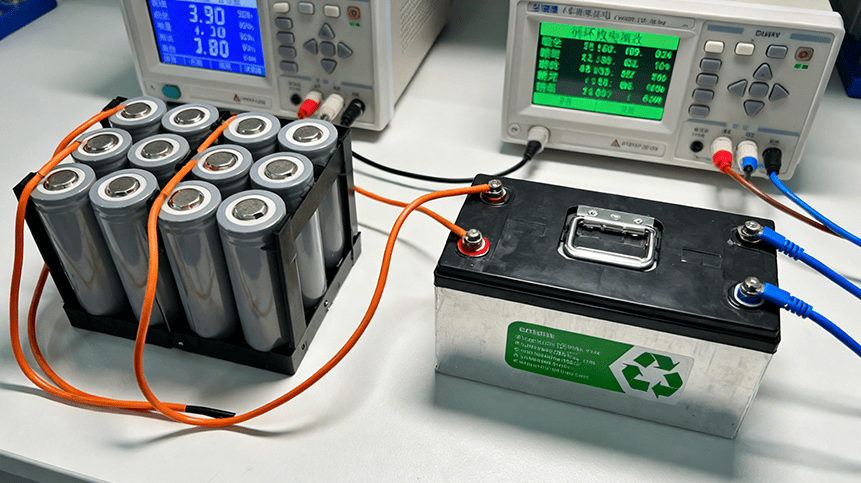 May.2025.11.24Ternary Lithium Battery vs Lithium-ion: Complete Comparison Guide (2025 Edition)Learn More
May.2025.11.24Ternary Lithium Battery vs Lithium-ion: Complete Comparison Guide (2025 Edition)Learn More -

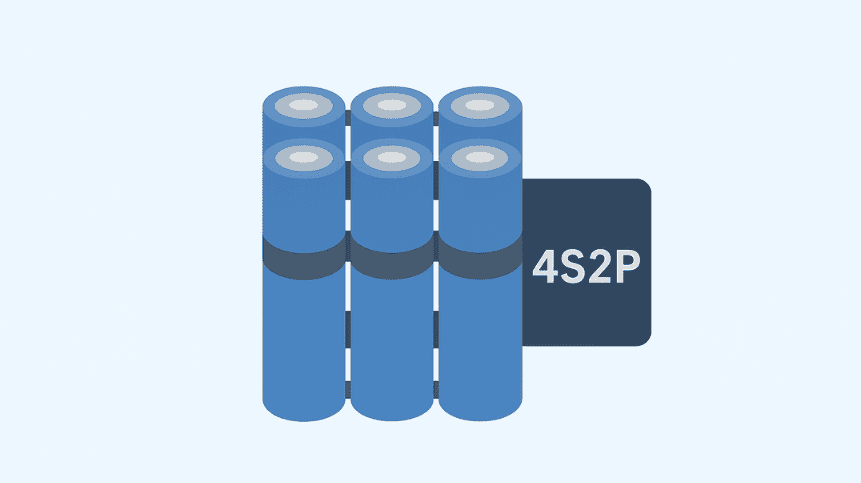 May.2025.11.214S2P 18650 14.8V Battery: Complete Technical Guide, Specs, Applications & SafetyLearn More
May.2025.11.214S2P 18650 14.8V Battery: Complete Technical Guide, Specs, Applications & SafetyLearn More -

 May.2025.11.18PCM vs BMS in Lithium Batteries: What’s the Difference and Which One Do You Need?Learn More
May.2025.11.18PCM vs BMS in Lithium Batteries: What’s the Difference and Which One Do You Need?Learn More -

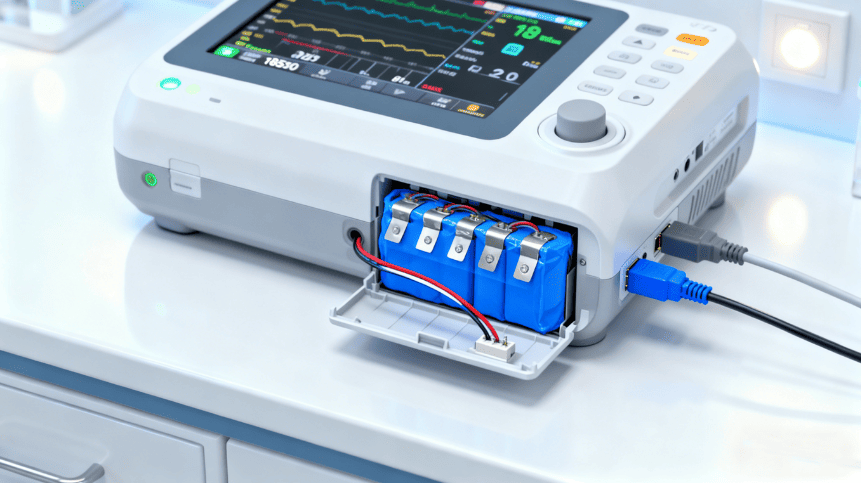 May.2025.11.17Custom Li-ion Battery Design for Medical Devices (2025 Comprehensive Guide)Learn More
May.2025.11.17Custom Li-ion Battery Design for Medical Devices (2025 Comprehensive Guide)Learn More -

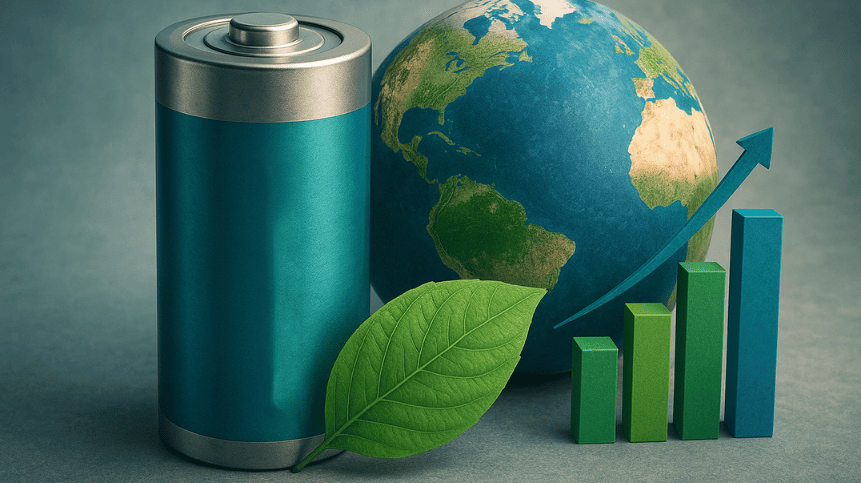 May.2025.11.17The Future of Lithium-Ion Batteries: Innovation, Sustainability, and Global Market TrendsLearn More
May.2025.11.17The Future of Lithium-Ion Batteries: Innovation, Sustainability, and Global Market TrendsLearn More




